The world of American automobiles is filled with iconic designs, none more revered than muscle cars and pony cars. Though often used interchangeably, these two categories have distinct characteristics that set them apart in terms of design and performance. Delving into the unique elements that define muscle and pony cars helps enthusiasts and casual readers alike understand the nuances of these legendary vehicles.
The Origins and Evolution of Muscle Cars
The Birth of the Muscle Car Era
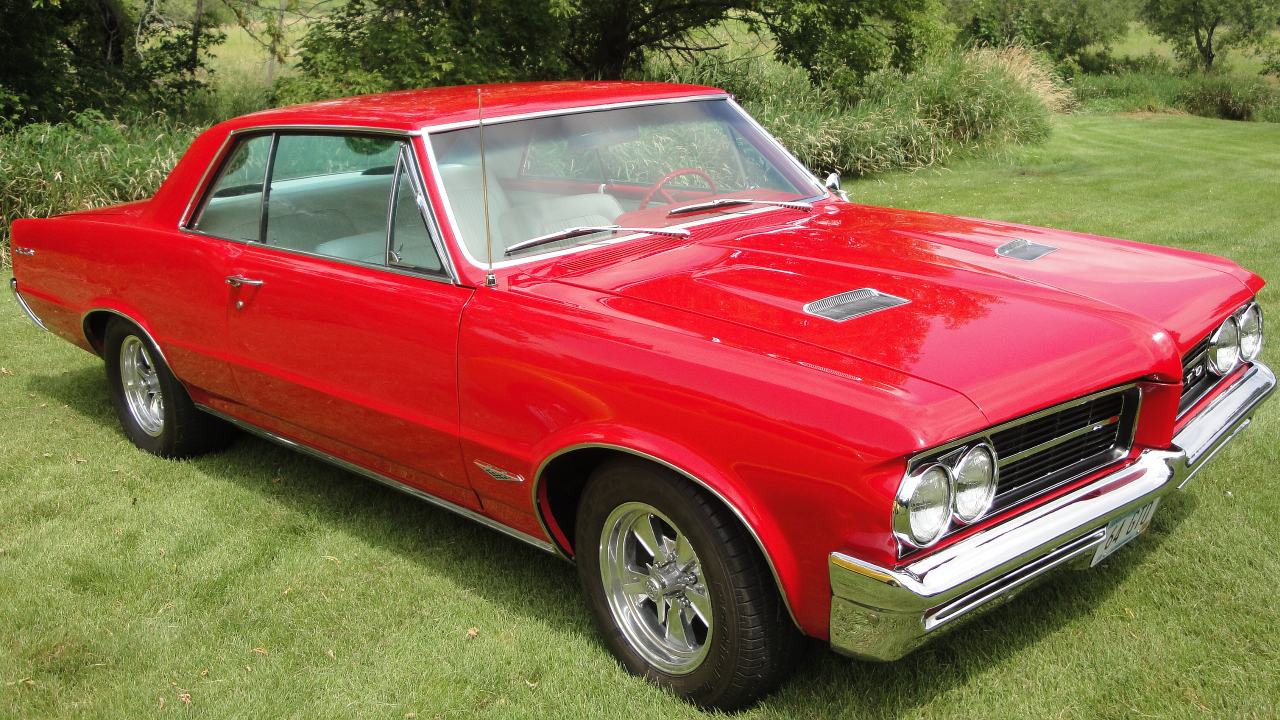
The muscle car era roared to life in the 1960s, driven by a burgeoning culture that craved power and speed on the open road. The Pontiac GTO, often hailed as the first true muscle car, debuted in 1964 and set the stage for a performance revolution. With its powerful V8 engine and relatively affordable price, the GTO quickly captured the imagination of car enthusiasts across America. Following its lead, models like the Chevrolet Chevelle, Dodge Charger, and Plymouth Barracuda entered the scene, each pushing the boundaries of horsepower and design.
These vehicles were designed for one main purpose: straight-line speed. This focus on power and performance defined the muscle car philosophy, creating a vehicle that offered thrilling acceleration and a distinctive presence on the road. As the competition heated up, automakers continued to push the limits, resulting in higher horsepower ratings and more aggressive styling.
Design Characteristics of Muscle Cars
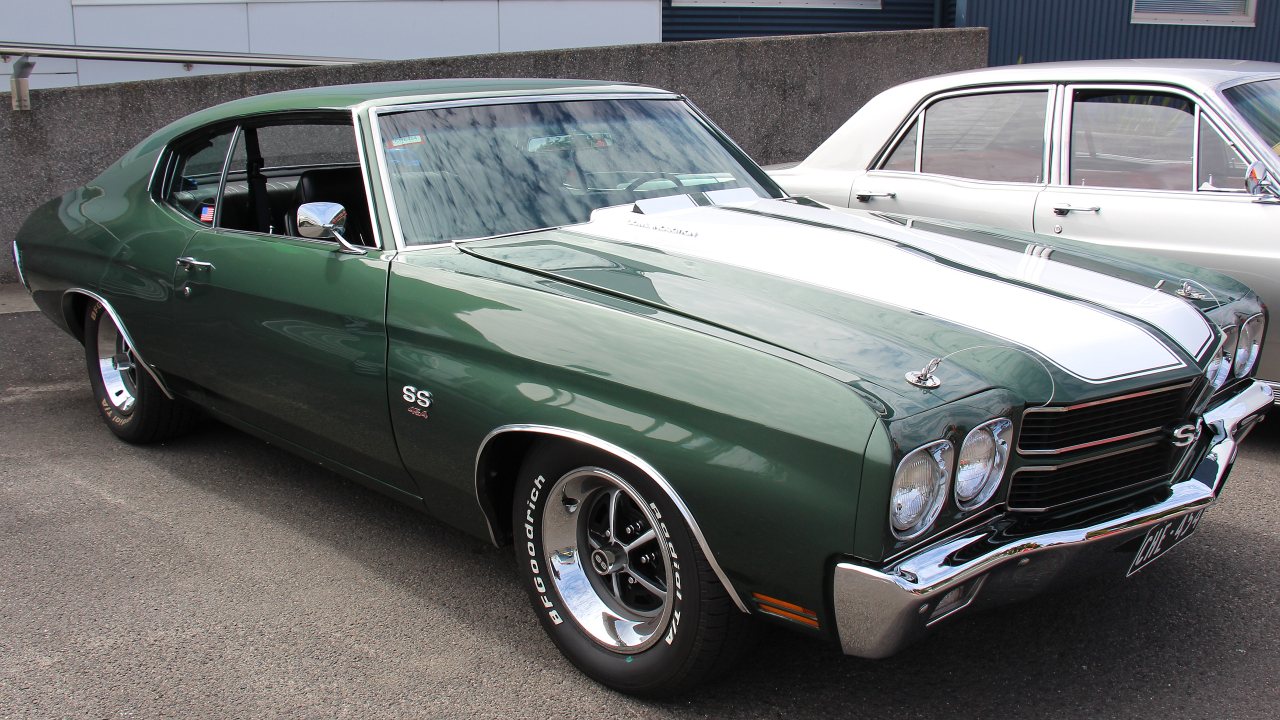
Muscle cars are instantly recognizable for their bold and aggressive styling. A hallmark of their design is the powerful V8 engine, which often leads to a pronounced hood bulge to accommodate the engine’s size. The design is further accentuated by wide stances, flared fenders, and a low, muscular profile that conveys a sense of speed even when the vehicle is at rest. These cars often feature dual exhausts, bold stripes, and eye-catching colors that emphasize their performance-oriented nature.
Beyond aesthetics, muscle cars are built with performance in mind. Their heavy frames and robust suspensions are designed to handle the raw power generated by their engines. Although their primary strength lies in straight-line acceleration, advancements in technology over the years have seen muscle cars incorporate better handling and braking capabilities, allowing them to perform more competently on twisting roads.
Evolution Over the Decades
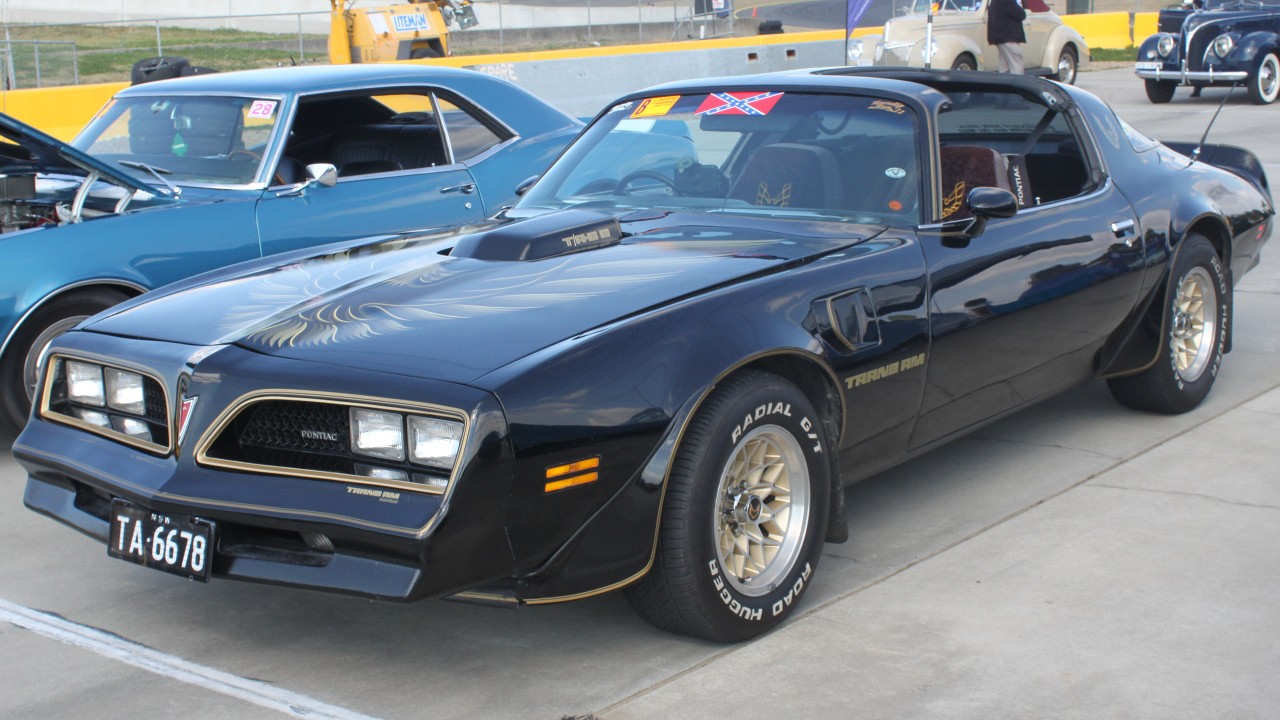
Since their inception, muscle cars have undergone significant evolution in both design and technology. The oil crisis of the 1970s and tightening emission standards initially led to a decline in their popularity, but the 1980s and 1990s saw a resurgence as automakers found ways to balance power with fuel efficiency. Modern muscle cars, such as the Dodge Challenger SRT Hellcat and the Chevrolet Camaro SS, continue to uphold the tradition of high performance while integrating advanced technologies like electronic stability control and adaptive suspension systems.
Today’s muscle cars are a testament to the enduring appeal of raw power and aggressive design. They continue to attract a dedicated fanbase, many of whom appreciate the blend of classic aesthetics and modern engineering that defines the current generation of muscle vehicles.
Understanding Pony Cars: A Different Breed
Introduction to Pony Cars
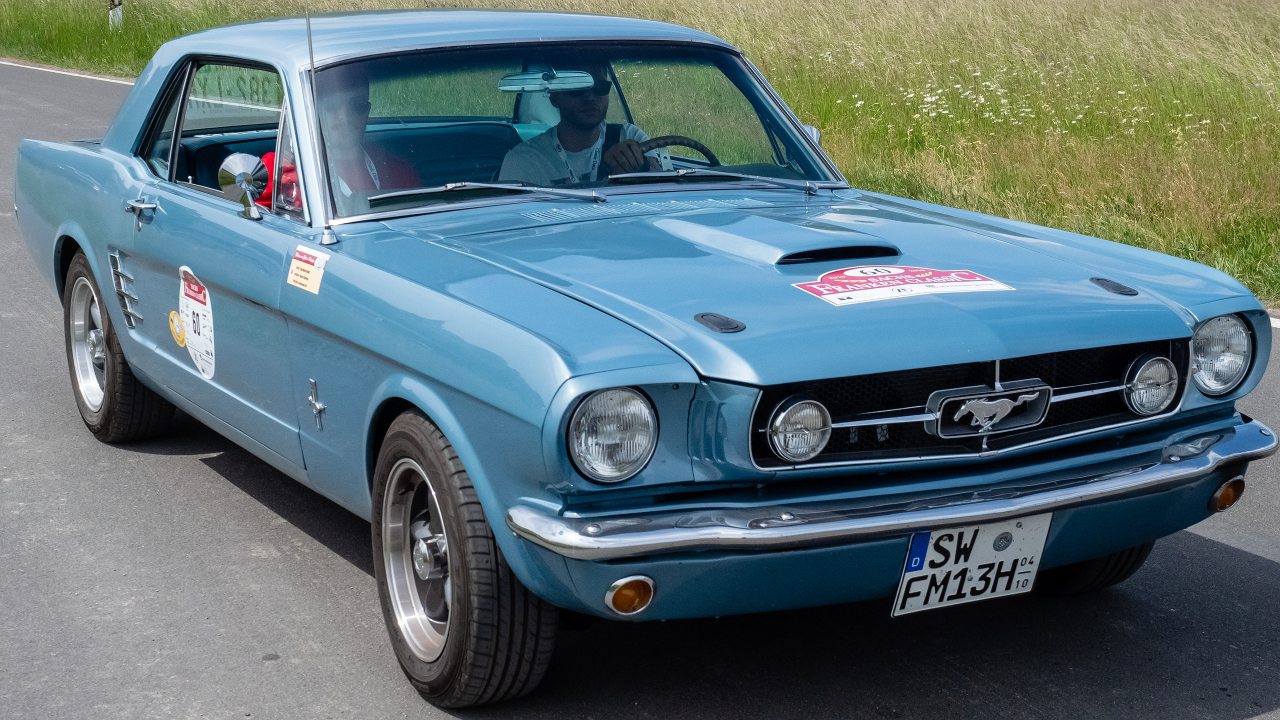
Pony cars emerged as a distinct category in the mid-1960s, characterized by their sporty design and affordability. The Ford Mustang, introduced in 1964, is widely regarded as the archetype of the pony car. With its long hood, short rear deck, and sleek lines, the Mustang offered a new kind of driving experience that appealed to a younger audience seeking style and performance without the hefty price tag of traditional sports cars.
Unlike muscle cars, pony cars were designed to offer a more balanced approach to performance. While they still featured powerful engines, they also prioritized handling and maneuverability, making them more versatile on various types of roads. This combination of style, performance, and affordability quickly made pony cars a cultural phenomenon.
Design Elements of Pony Cars
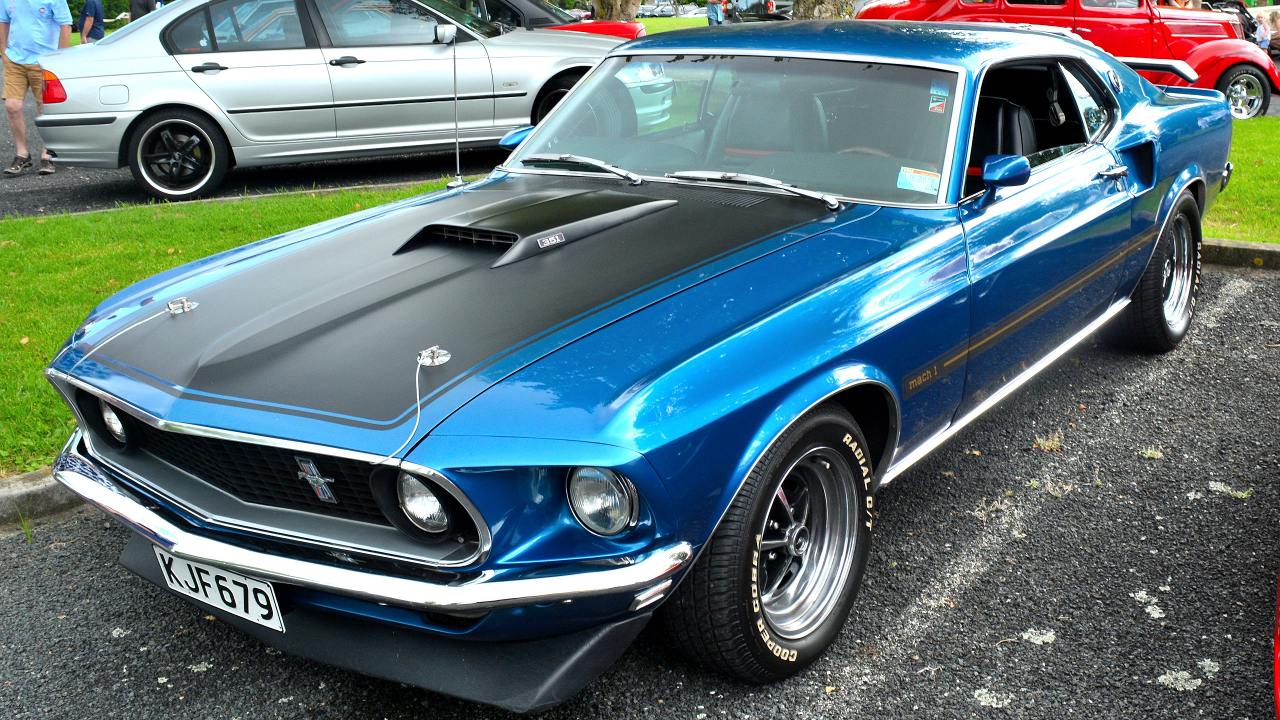
The design of pony cars is defined by their sporty and compact stature. They typically feature a long front end, which houses a range of engine options from fuel-efficient six-cylinders to performance-oriented V8s. The short rear deck and often fastback roofline give pony cars a dynamic and energetic appearance. These cars are designed to be nimble and responsive, providing an engaging driving experience that sets them apart from their muscle car counterparts.
Pony cars are often equipped with features that enhance their sporty appeal, such as bucket seats, floor-mounted shifters, and a driver-focused cockpit. While muscle cars emphasize brute strength, pony cars focus on delivering a well-rounded performance package that appeals to a broader audience.
Cultural Impact and Popularity
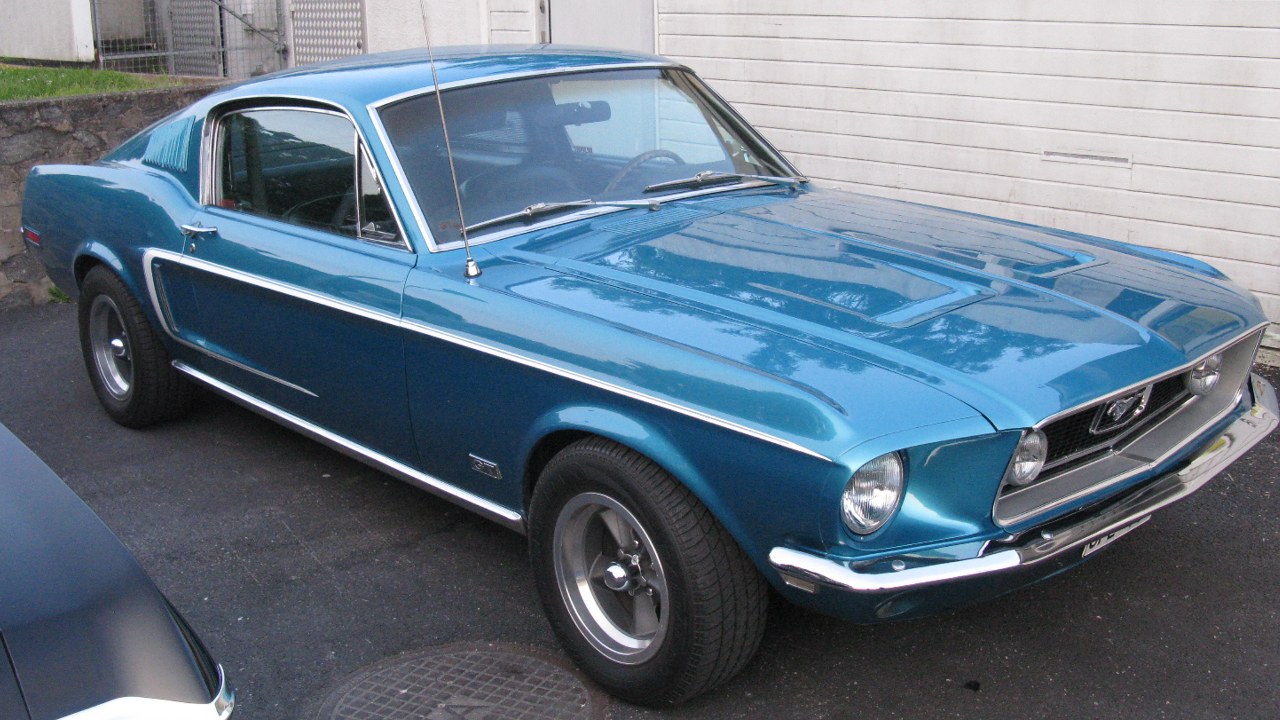
The introduction of pony cars marked a shift in automotive culture, capturing the imagination of a new generation of drivers. The Ford Mustang’s immediate success prompted other automakers to develop their own pony car models, such as the Chevrolet Camaro and Dodge Challenger. These vehicles quickly became symbols of youth and freedom, often appearing in movies, music, and popular culture.
The widespread popularity of pony cars endures to this day, with modern iterations continuing to attract a diverse range of buyers. Their appeal lies in their ability to offer style, performance, and affordability, making them accessible to a wide array of drivers who seek a spirited driving experience.
Key Differences Between Muscle Cars and Pony Cars
Performance and Engine Specs
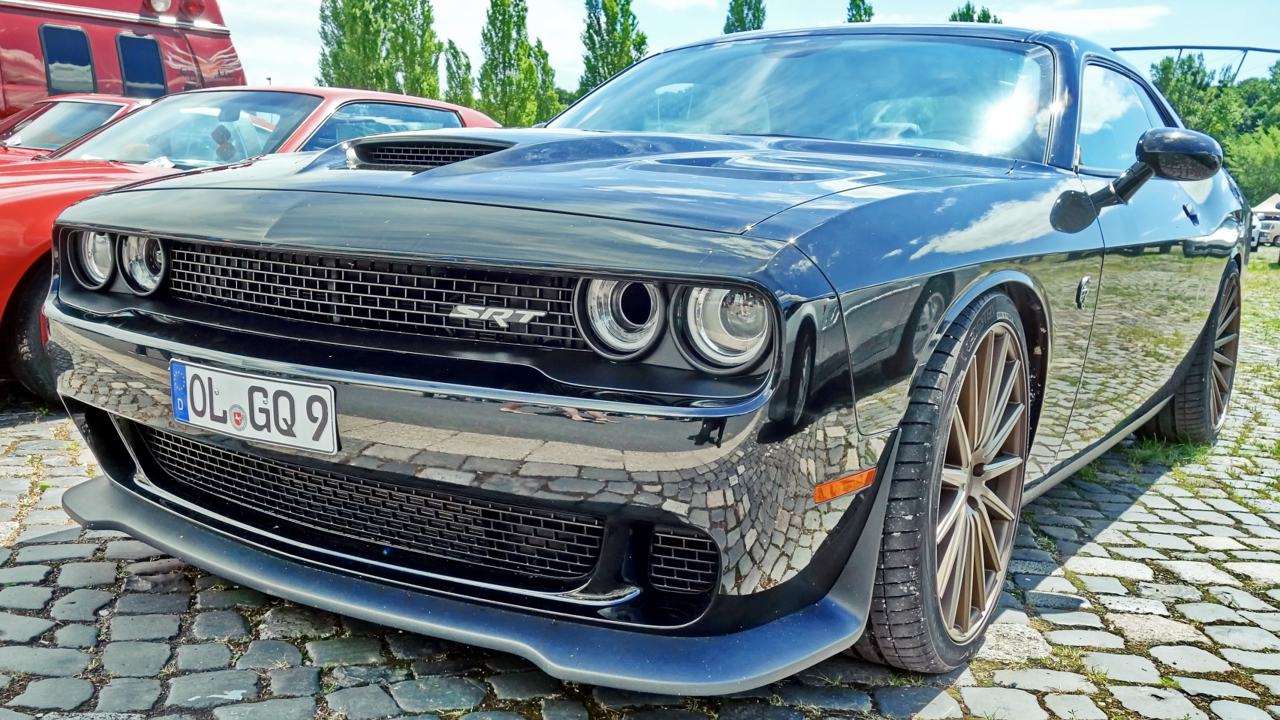
When it comes to performance, muscle cars and pony cars have distinct characteristics that cater to different driving preferences. Muscle cars are renowned for their high-displacement V8 engines, often boasting over 400 horsepower. Models like the Dodge Challenger SRT Hellcat, with its supercharged 6.2-liter V8 producing over 700 horsepower, exemplify the muscle car’s focus on raw power and acceleration.
In contrast, pony cars offer a range of engine options that balance performance with efficiency. While they can still pack a punch, with models like the Ford Mustang GT featuring a 5.0-liter V8 engine producing 450 horsepower, pony cars typically prioritize handling and versatility over sheer output. This approach allows them to deliver a more balanced driving experience, appealing to drivers who appreciate both power and agility.
Size and Weight Considerations
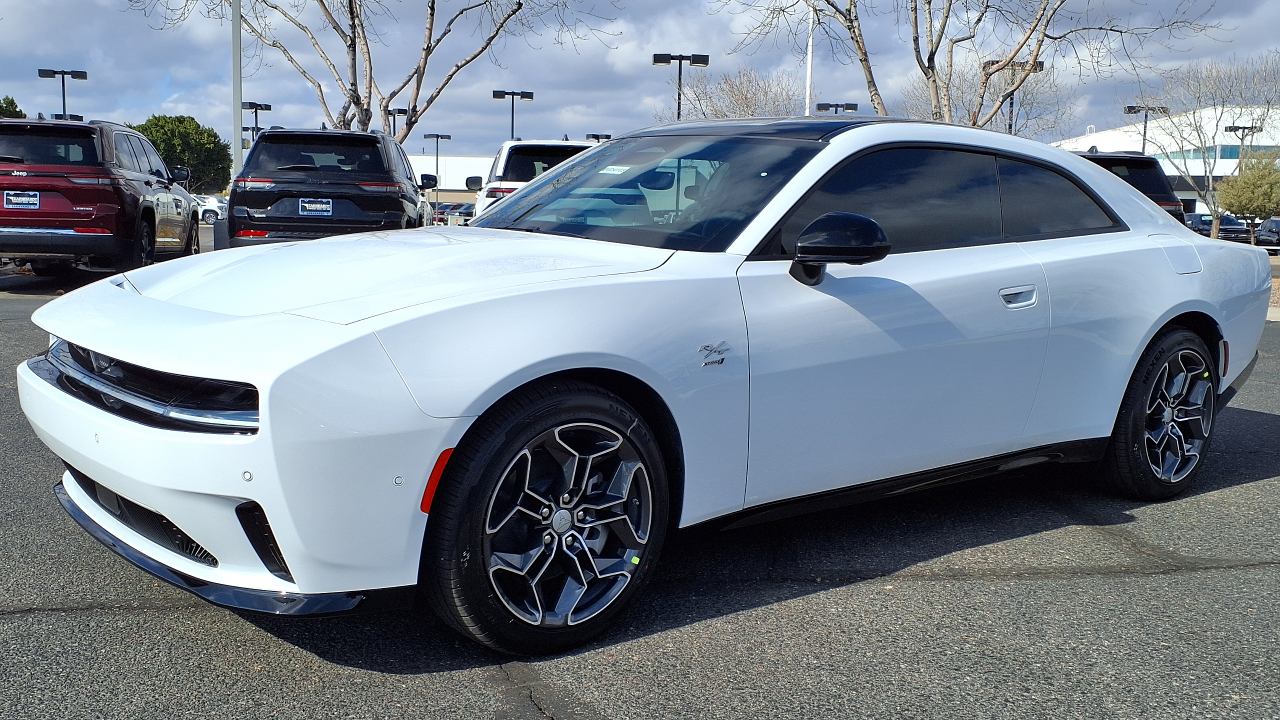
Size and weight play crucial roles in distinguishing muscle cars from pony cars. Muscle cars tend to be larger and heavier, which contributes to their stability at high speeds but can compromise agility in tight corners. This design choice reflects their emphasis on straight-line performance and presence on the road.
Pony cars, on the other hand, are generally more compact and lightweight. This design allows them to offer better handling and responsiveness, making them well-suited for dynamic driving environments. The reduced weight also enables pony cars to achieve better fuel efficiency, further broadening their appeal to a wider audience.
Target Audience and Market Appeal
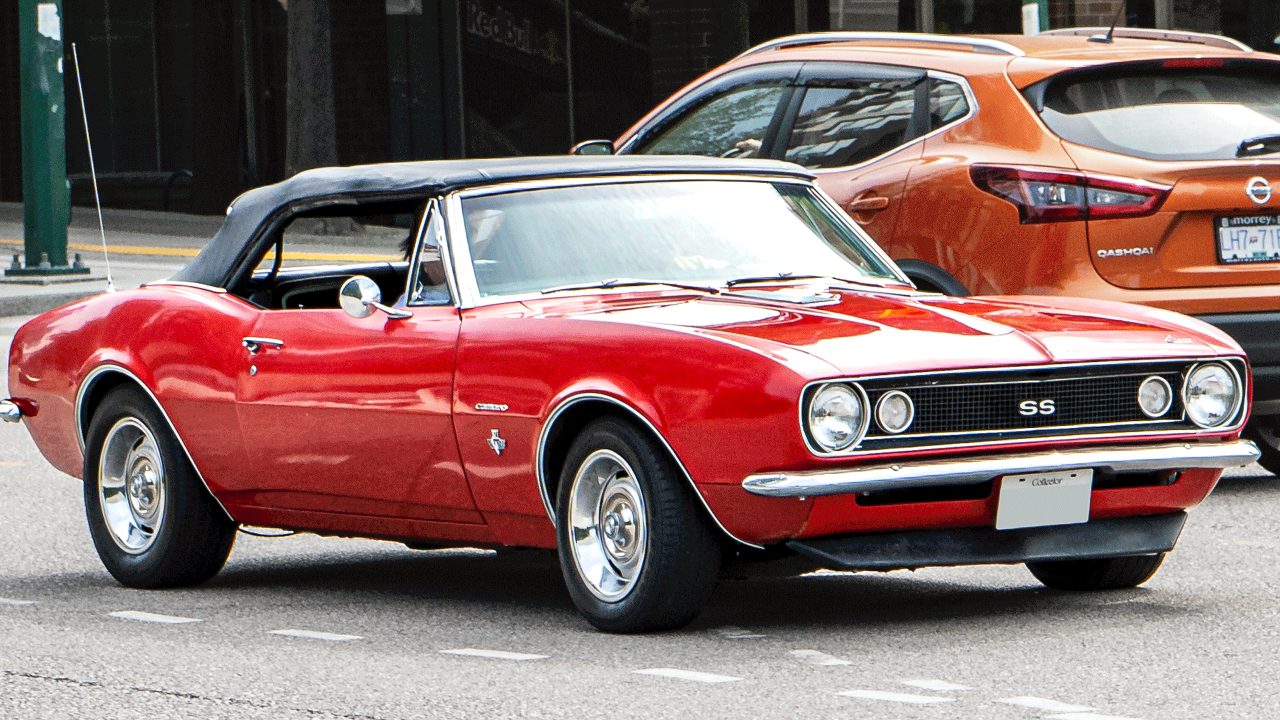
The target audience for muscle cars and pony cars varies based on their design and performance characteristics. Muscle cars often attract enthusiasts who prioritize power and speed, seeking a vehicle that delivers a visceral driving experience. Their bold styling and impressive performance capabilities make them popular among those who appreciate automotive heritage and raw power.
Pony cars, with their sporty design and balanced performance, appeal to a broader demographic. They attract drivers who value style, agility, and practicality, without sacrificing the thrill of driving a performance-oriented vehicle. This versatility has allowed pony cars to maintain a strong presence in the market, drawing in both younger drivers and seasoned enthusiasts alike.
Iconic Models and Their Influence on Car Design
Legendary Muscle Car Models
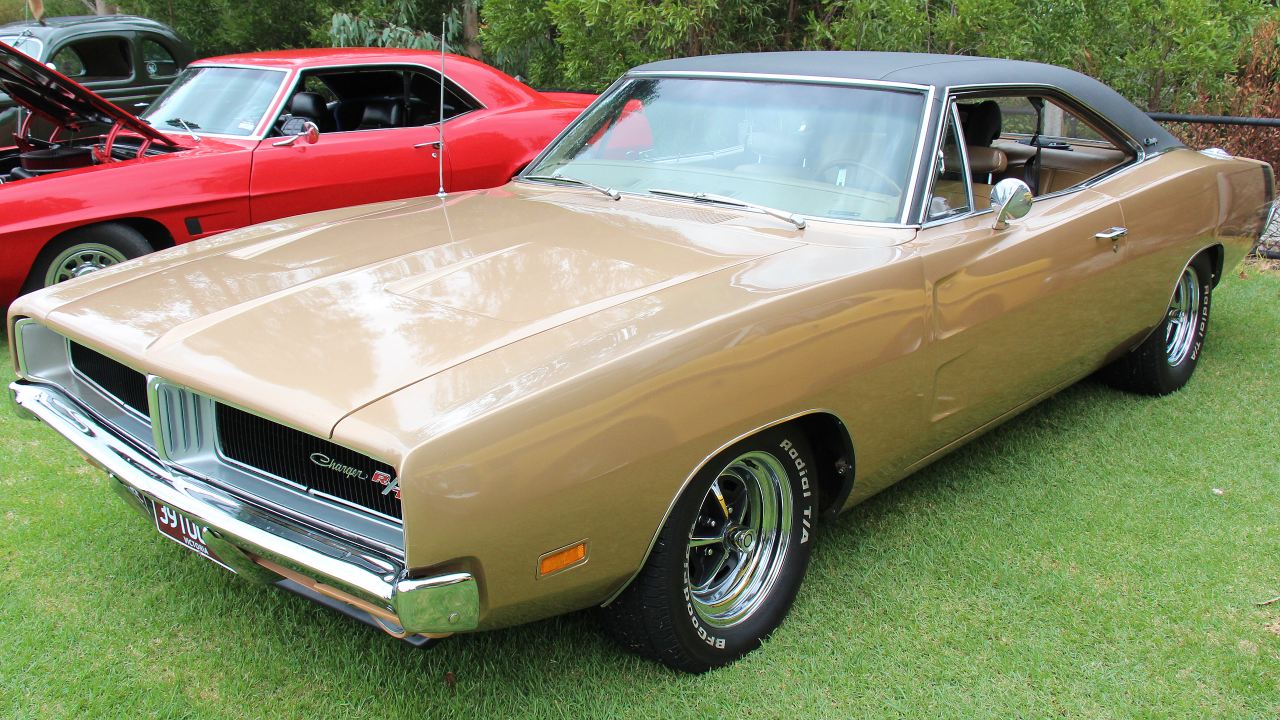
The muscle car segment has produced some of the most iconic vehicles in automotive history. The 1969 Dodge Charger, with its distinctive split grille and bold styling, remains a symbol of American muscle. The Chevrolet Chevelle SS 454, known for its powerful engine and aggressive stance, has left a lasting impact on car design, influencing generations of performance vehicles.
These legendary models have not only defined the muscle car era but also inspired modern interpretations that continue to capture the hearts of car enthusiasts. Their legacy is evident in the design cues and performance capabilities of today’s muscle cars, which pay homage to their predecessors while embracing modern technology.
Noteworthy Pony Cars
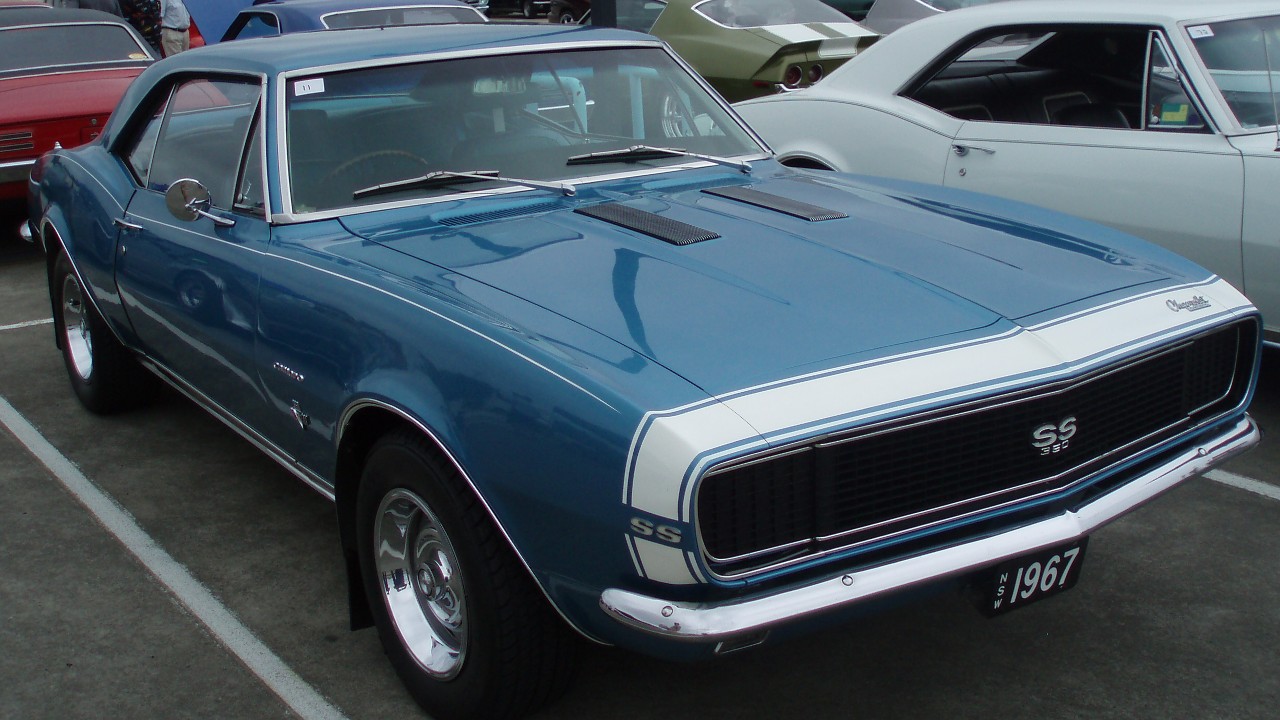
Pony cars have also produced their share of iconic models that have shaped the automotive landscape. The 1967 Chevrolet Camaro, introduced as a direct competitor to the Ford Mustang, quickly became a staple in the pony car segment. Its sleek design and performance options set a new standard for sporty vehicles.
Another standout is the Ford Mustang Boss 302, a high-performance variant that emphasized handling and track capability. These models have not only influenced subsequent pony car designs but also inspired a sense of nostalgia and admiration among fans of the genre.
Design Innovations and Legacy
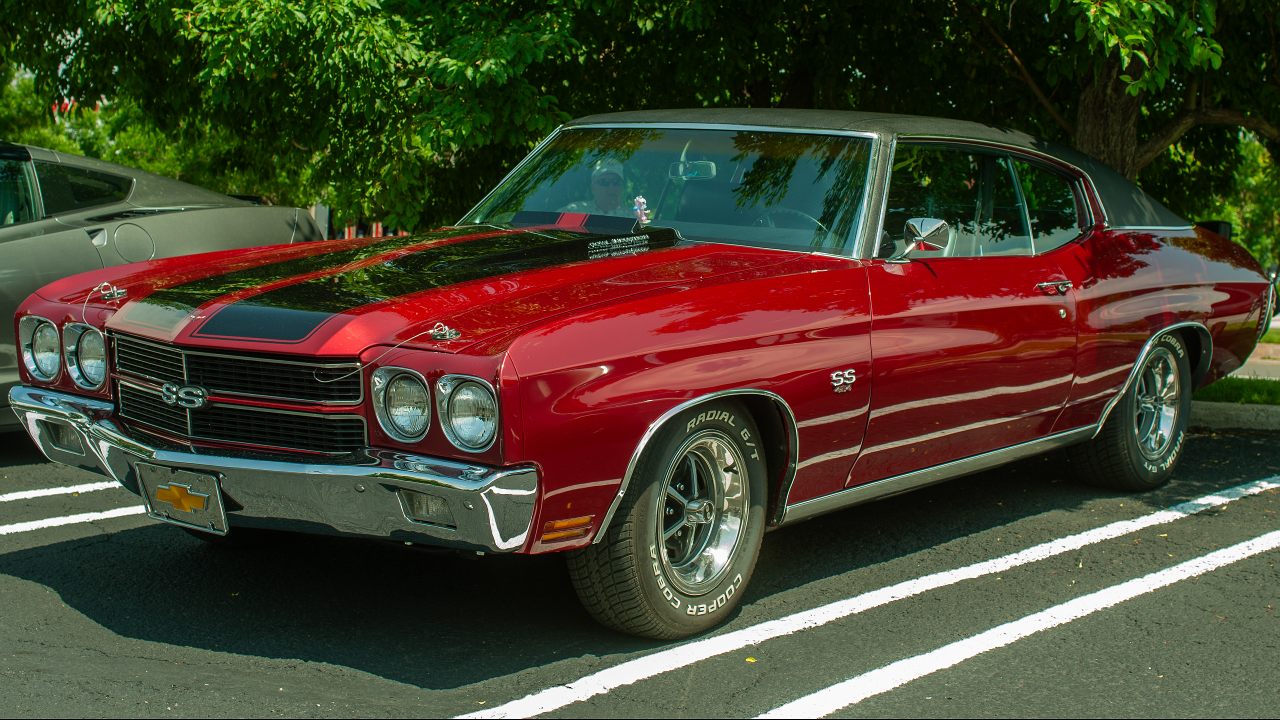
Both muscle and pony cars have introduced design innovations that continue to influence modern car manufacturing. From aerodynamic enhancements to advanced engine technologies, these vehicles have pushed the boundaries of what is possible in automotive design. Their legacy is evident in the continued popularity of performance-oriented cars that prioritize both style and substance.
As automakers look to the future, the influence of these iconic models remains strong. The challenge lies in preserving the heritage of muscle and pony cars while integrating new technologies that enhance performance and efficiency, ensuring that these legendary vehicles continue to captivate future generations of drivers.
The Future of Muscle and Pony Cars
Adapting to Modern Challenges
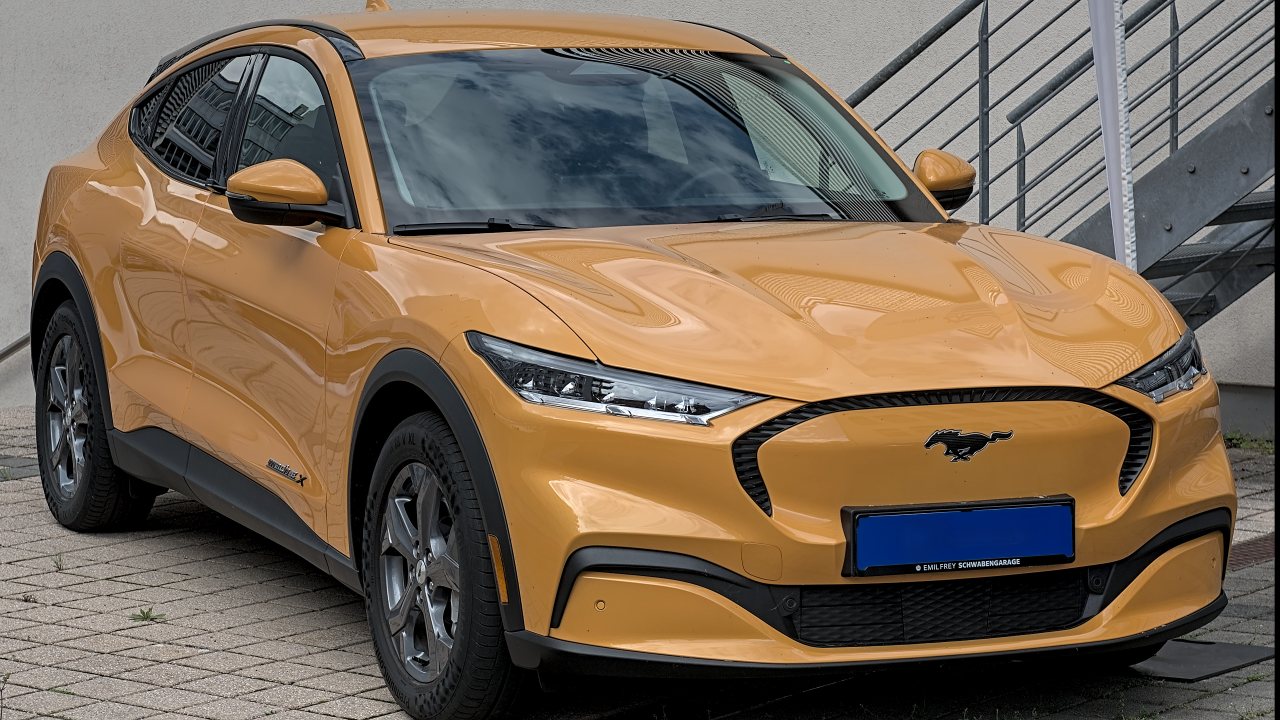
The automotive industry is facing significant challenges, including stricter emissions regulations and a shift towards electric vehicles. Muscle and pony cars are no exception, as manufacturers seek to adapt these performance-oriented vehicles to meet modern standards. Innovations such as hybrid powertrains and lightweight materials are being explored to maintain performance while reducing environmental impact.
Electric versions of classic muscle and pony cars, such as the Ford Mustang Mach-E, are already making waves in the market. These models aim to capture the essence of their predecessors while offering a sustainable alternative for environmentally-conscious consumers.
The Role of Technology in Future Designs
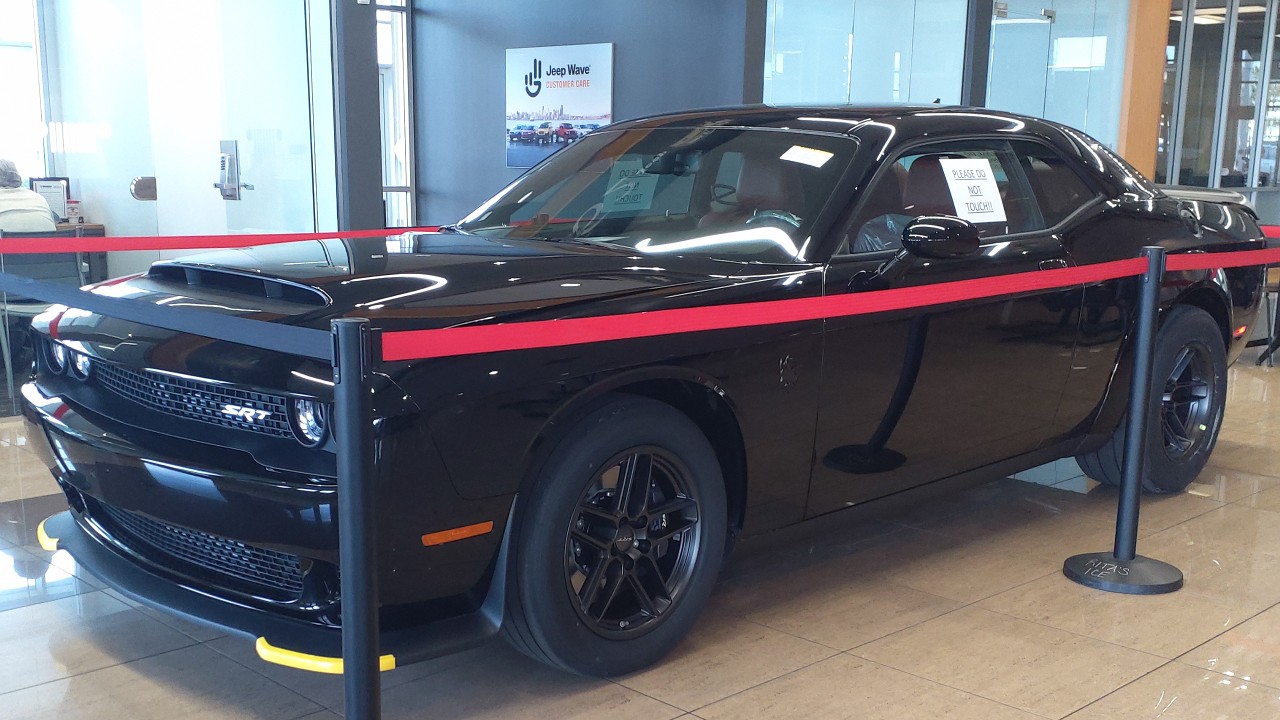
Advancements in technology are poised to play a crucial role in the future design of muscle and pony cars. Features like autonomous driving capabilities, advanced connectivity, and enhanced safety systems are being integrated into new models, providing a blend of performance and modern convenience.
These technologies not only enhance the driving experience but also allow manufacturers to explore new design possibilities. As a result, future muscle and pony cars are expected to offer an exciting combination of traditional performance attributes and cutting-edge innovations.
Preserving Heritage While Embracing Change
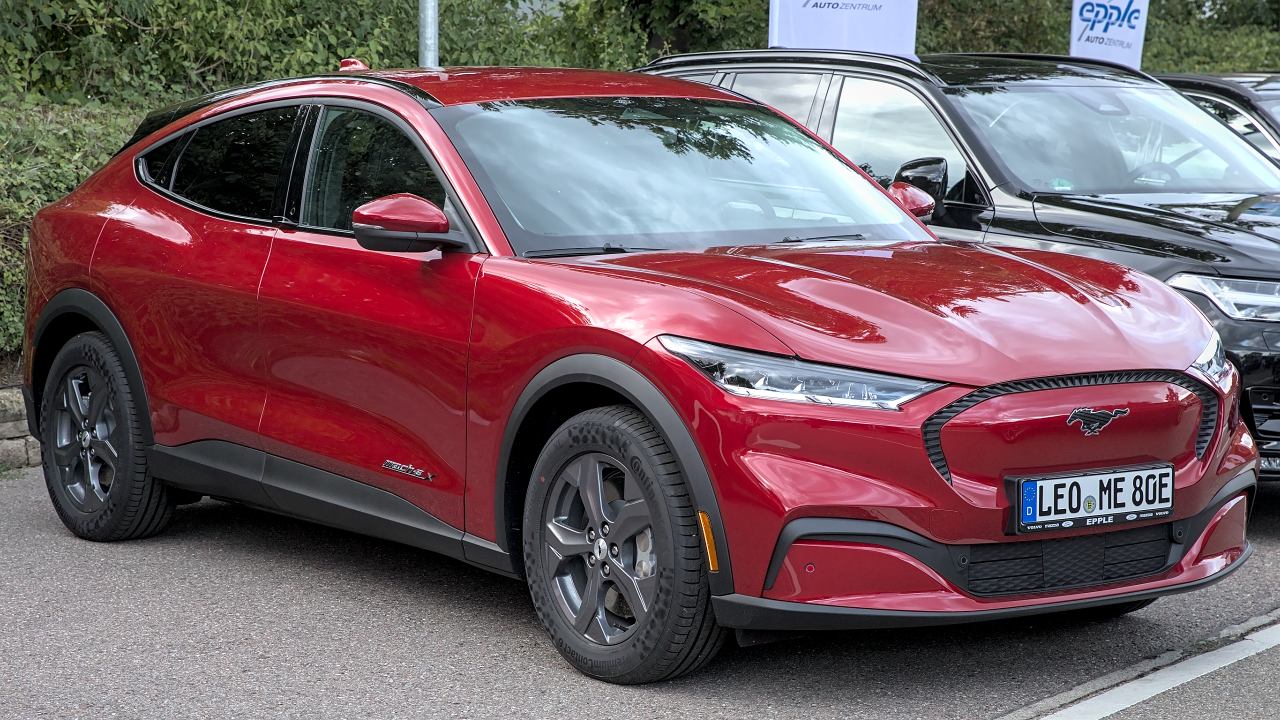
Balancing the preservation of heritage with the need for change is a key challenge for manufacturers of muscle and pony cars. The iconic design elements and performance characteristics that define these vehicles must be retained, even as they evolve to meet contemporary demands.
Manufacturers are committed to maintaining the spirit of muscle and pony cars while embracing advancements that enhance their appeal. By doing so, they ensure that these legendary vehicles continue to hold a special place in the hearts of enthusiasts and remain relevant in an ever-changing automotive landscape.
Like Fast Lane Only’s content? Be sure to follow us.
Here’s more from us:
*Created with AI assistance and editor review.

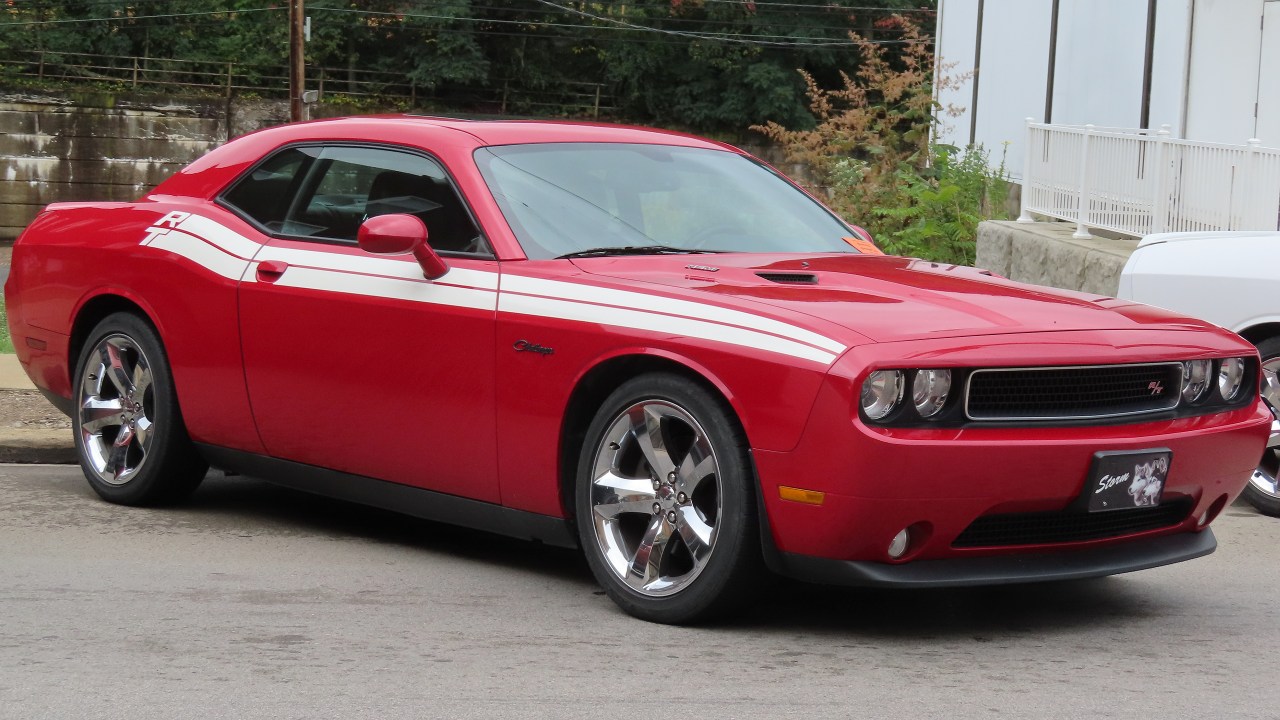

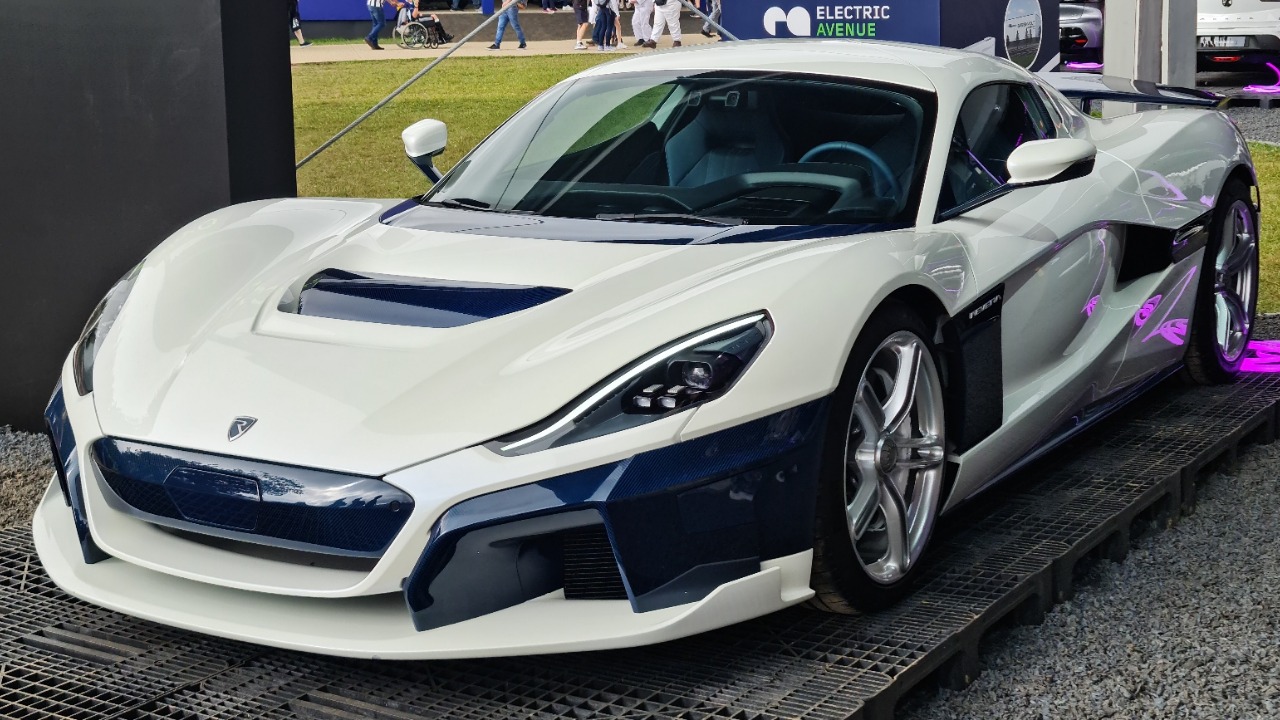
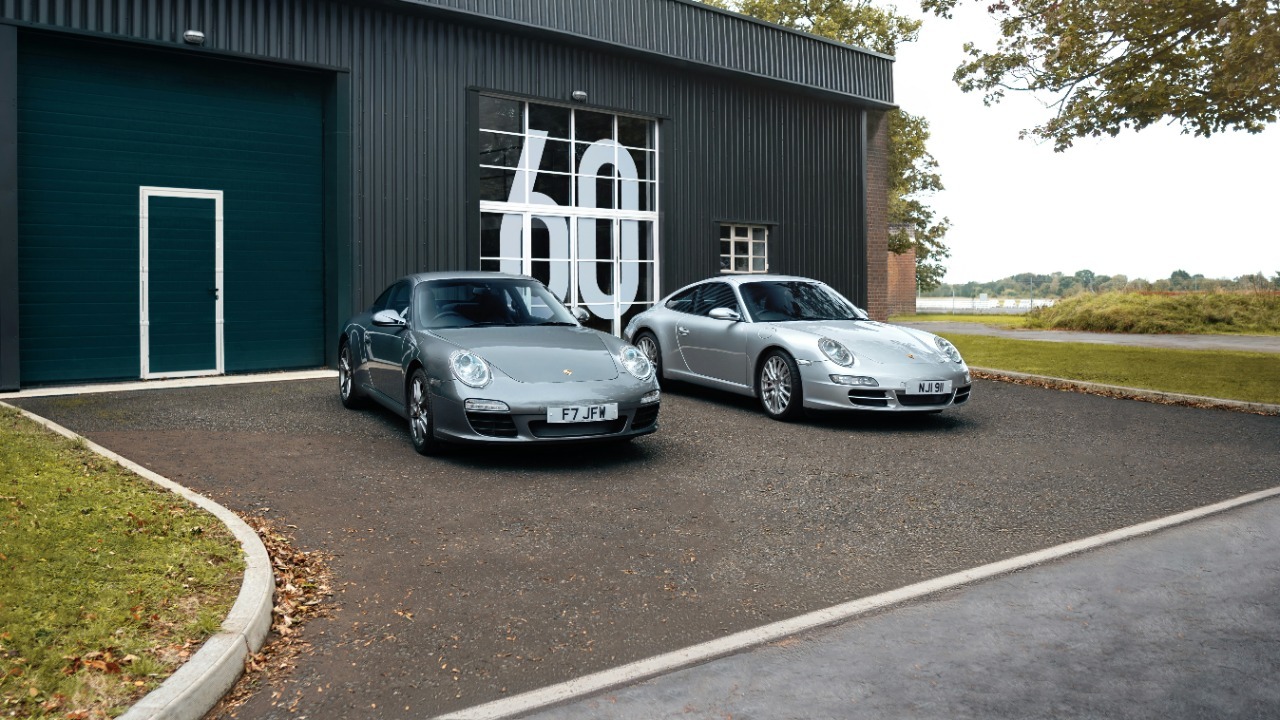


Leave a Reply